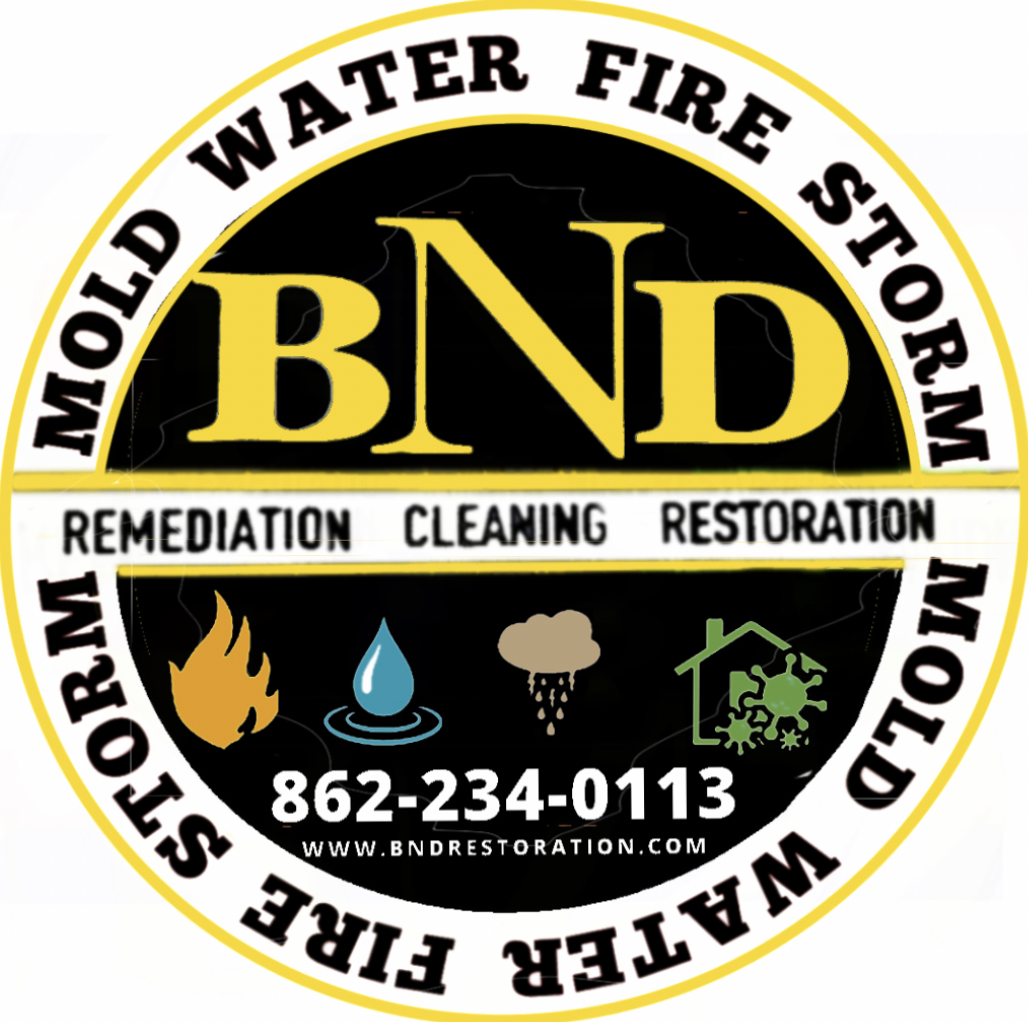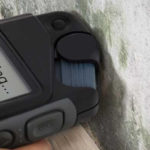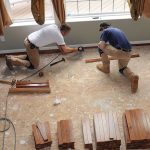“Mold Removal” vs. Remediation
Mold Removal is something that can be different from mold remediation. Removing mold requires you to have all the necessary gear and equipment to assure that the mold doesnt become airborne and spread to people or animals in the area immediately surrounding. Mold removal requires you to have knowledge of the type of mold you are removing and you should also have the knowledge on how to dispose of the mold.
Experts say that a persistent cough is one of the most common reasons why people visit their doctor. While occasional coughing is considered normal, one that is due to mold exposure in the home is not. A cough is considered “acute” if it lasts three weeks or less. It is considered “chronic” if it lasts longer.
A cough is a common symptom of mold exposure, along with sneezing, a runny or a stuffy nose, a sore throat, shortness of breath, wheezing and headaches. Not everyone exposed to mold develops a cough, but many people that are considered to be mold-sensitive do, especially with prolonged exposure. Infants and young children, because their immune systems are not yet fully developed, elderly people, because their immune systems have weakened with age, pregnant women, and those individuals with respiratory disorders or disorders of the immune system (COPD and AIDS sufferers are examples), are at an increased risk for mold-related illness. However, anyone can be affected. In fact, even family pets can get sick if they are exposed to mold in the home.
Usually the mold isn’t discovered until some type of repair is needed; a leaky drain line, an issue with heating ducts, or a home inspection when selling a home. Because certain molds can cause serious health complications, if mold is discovered in your crawlspace you need to start remediation efforts as soon as possible.
Make sure you wear safety gear, including an N-95 respirator mask (available at home improvement and hardware stores), while removing moldy insulation and drywall, because the process exposes you to mold spores that can cause serious health problems. Seal moldy materials inside sturdy plastic trash bags before carrying them through the house for disposal in order to avoid spreading mold spores throughout the house.
Mold Remediation
There are may steps to remediation and understanding these steps are very important to the proper remediation process to mold remediation.
1. Locate the mold
2. Locate the source in which the mold is coming from with the right equipment
3. Prepare a isolation and containment areas
4. Prepare the right equipment for the technicians and customers
5. Cover all exposed areas in question ( its never enough )
6. Remove moldy materials that can not be adequately cleaned
7. Apply Fungicide to Materials That Can Be Adequately Cleaned
Avoiding Future Exposure to Mold
It’s important to thoroughly remove all molds from your home and then take steps to prevent mold from returning. You need to do this in order to prevent future mold-related illness. You will need to figure out what caused mold to start growing in your home to begin with, and then to correct the problem in order to prevent mold from returning. That means:
- Identifying and stopping the source of any moisture
- Removing any contaminated materials, and
- Cleaning all the areas in the home that have been affected by mold










